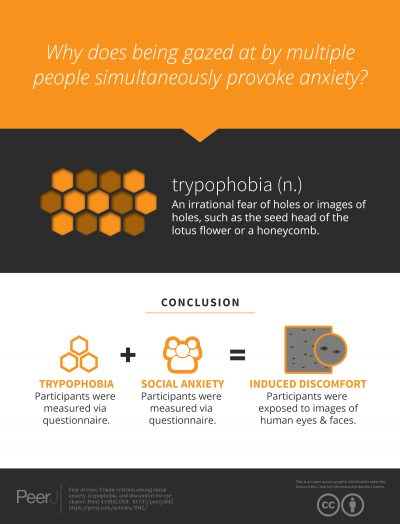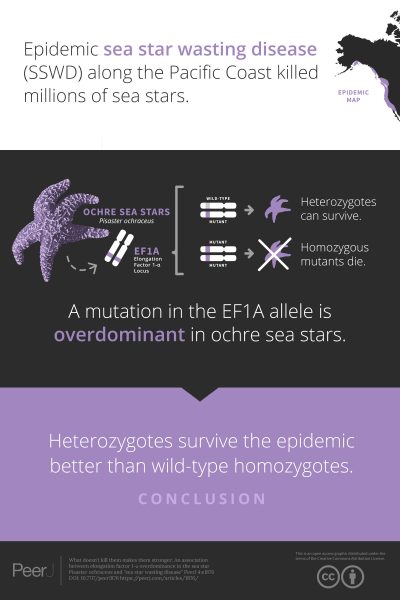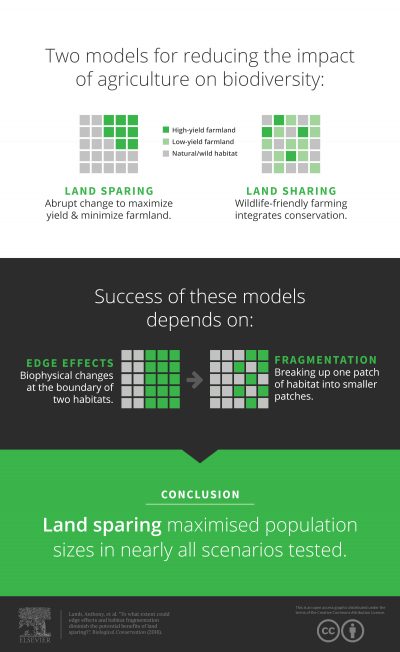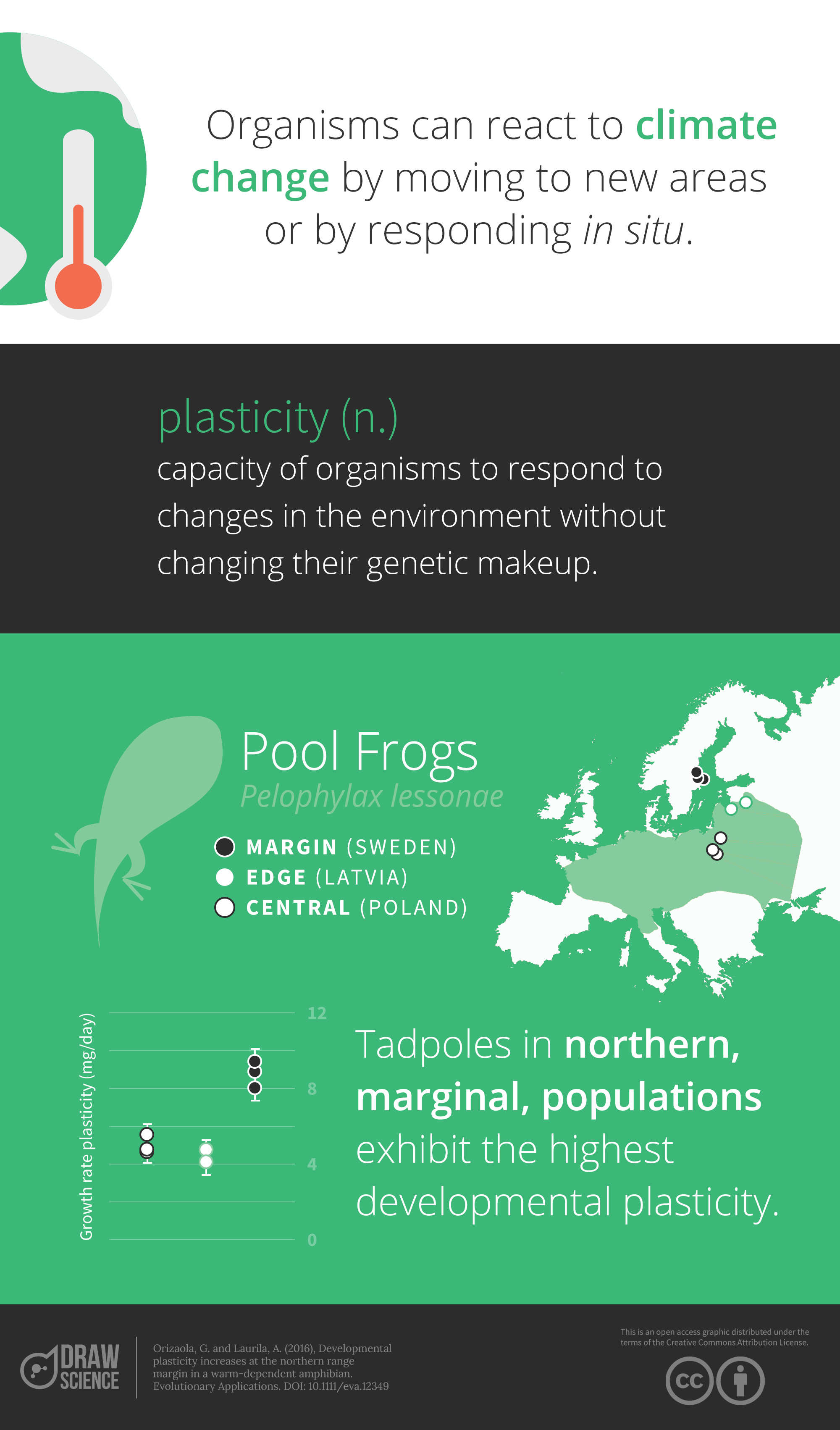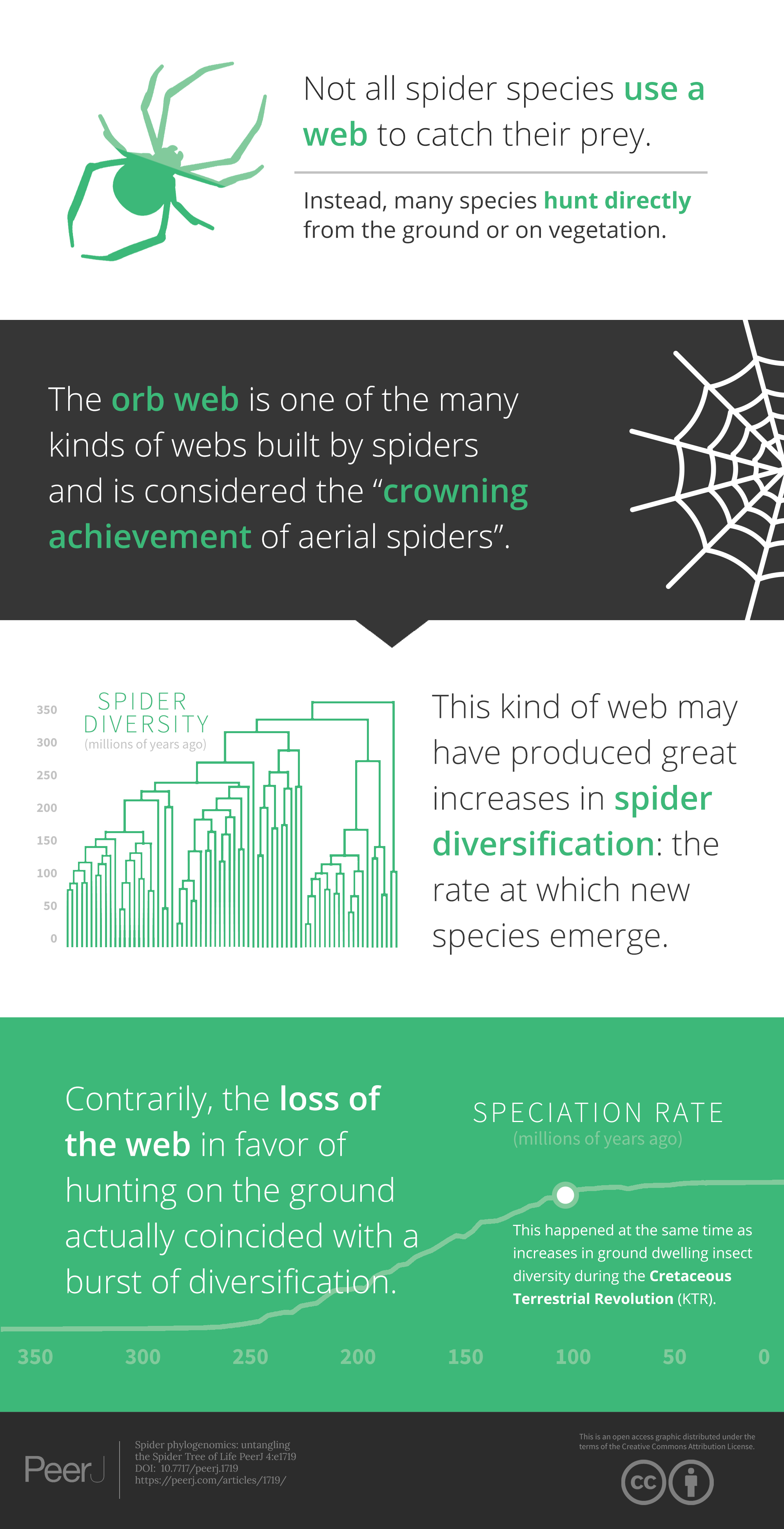Spiders are an incredibly ancient and diverse group of arthropods comprising over 45,000 described species; by all counts they are the largest known animal group that is exclusively predatory. They build many different kinds of webs: orb, sheet, tube, tangle….but many species don’t build a web at all and instead hunt them directly from the ground or on vegetation. The orb web, the spiral wheel-shaped web made by many spider species, has been considered “the crowning achievement of aerial spiders” by evolutionary biologists. This achievement could may have produced an explosion in diversification (i.e. the “speed” at which new spider spcecies emerged through time). Using a snapshot of expressed genes from the messenger RNA in spider species representing a behaviorally diverse subset of spider families, we tested this hypothesis. Losing the aerial orb web in favor of hunting on the ground coincided with a tremendous burst of speciation in spiders. This appears to have happened about the same time as increases in ground dwelling insect diversity during the Cretaceous Terrestrial Revolution (KTR).
